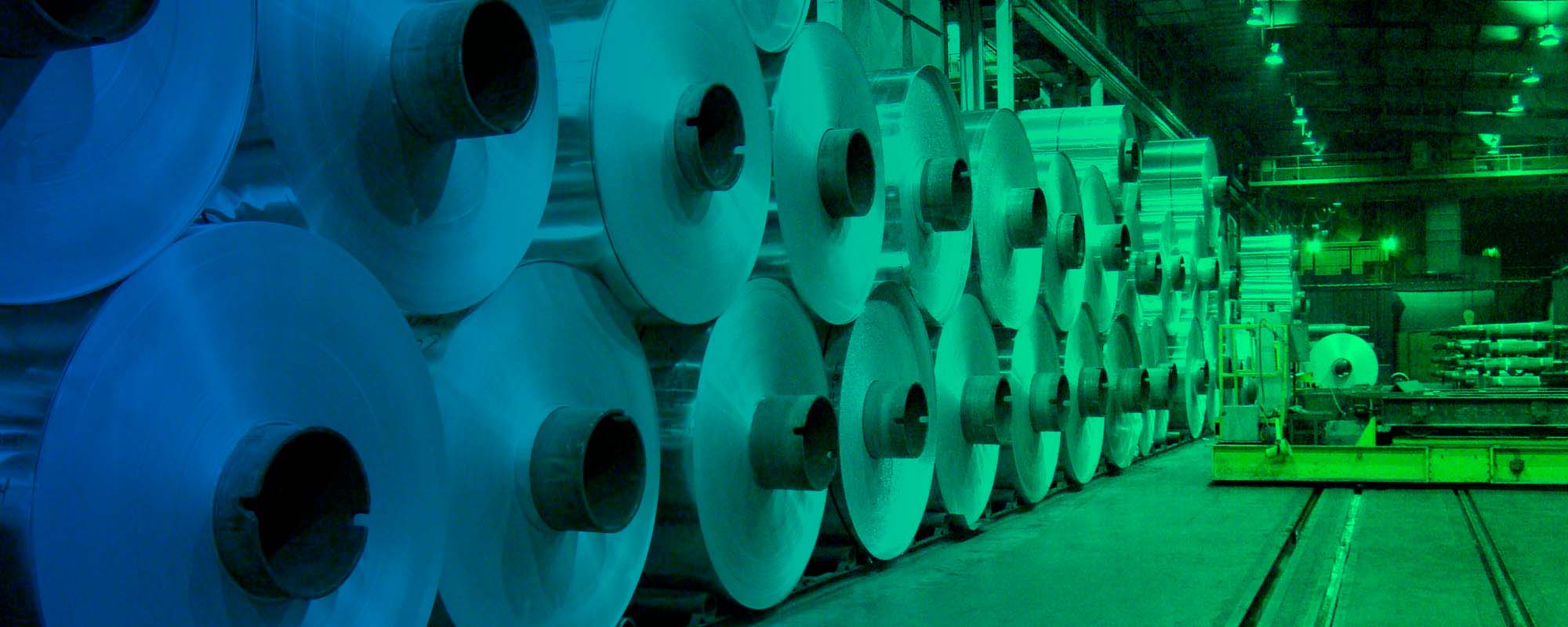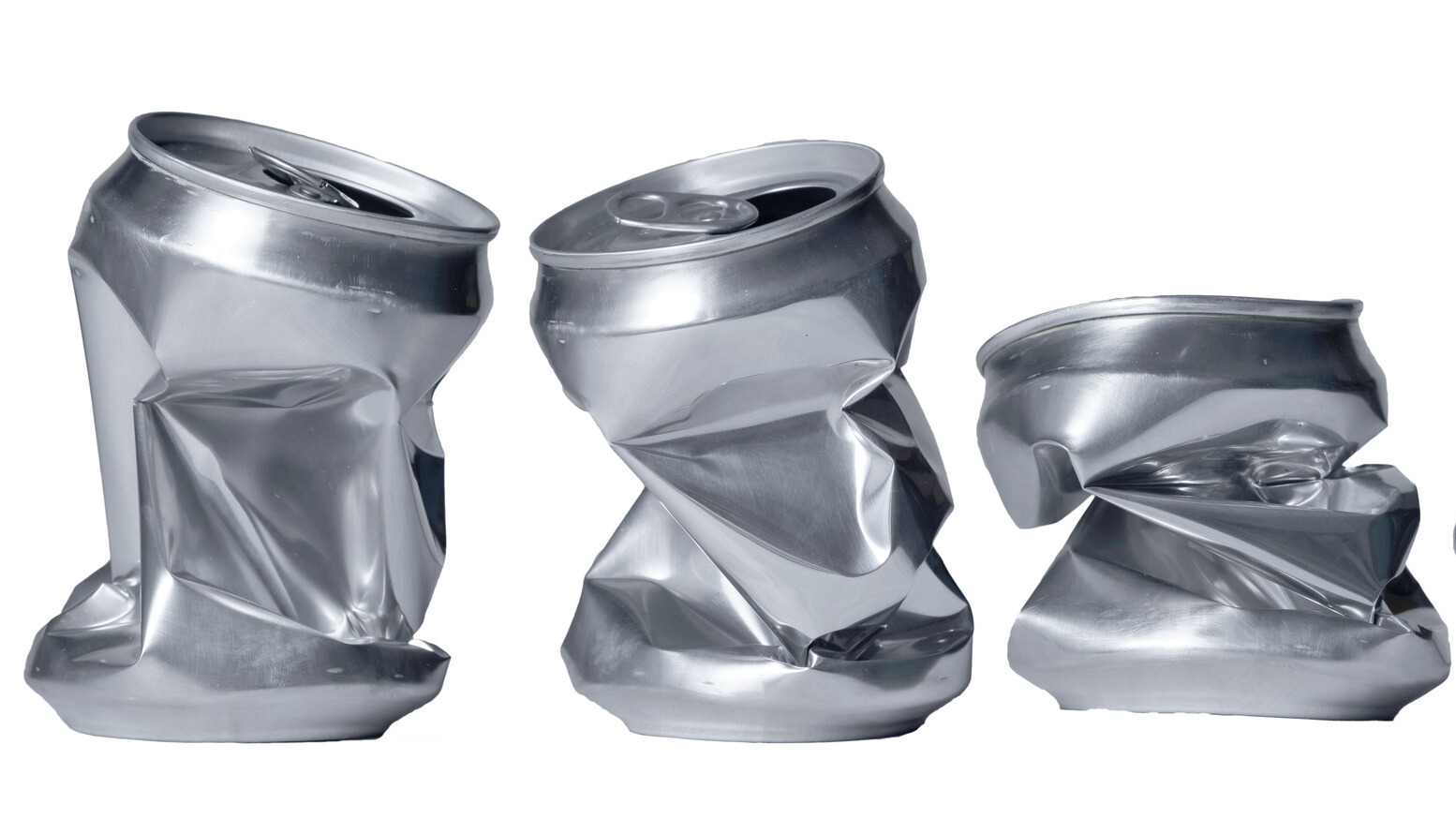September 27 is National Crush a Can Day, a lighthearted reminder of aluminum’s recyclability and our role in the circular economy. But here's the crushing reality: how you crush that can may determine whether it actually gets recycled or ends up in a landfill.
As a secondary aluminum producer, we see firsthand the massive opportunity America is missing. We're throwing away more than $800 million annually by sending aluminum cans to landfills.
The numbers tell a sobering story. The U.S. aluminum can recycling rate has plummeted to just 43% in 2023. That’s the lowest point in decades and well below the 30-year average of 52%. Meanwhile, around 75% of all aluminum ever produced globally is still in use today, proving that this material truly has infinite recyclability potential.
What does this mean in practical terms? On average, U.S. consumers threw away the equivalent of 15 12-packs per person in 2023. Simply recycling all of the aluminum cans we currently throw away would generate enough energy to power 2 million homes for a year.
The Crushing Conundrum: How Your Technique Affects Recovery
Not all crushed cans are created equal, and the type of recycling facility processing your cans determines whether crushing helps or hurts.
To Crush or Not to Crush?
- Single-Stream Recycling (most curbside programs):
If your recycling goes into one big bin with glass, plastic, and paper, don’t crush the can. Sorting facilities use shape and size to separate aluminum. Crushed cans can slip through screens and get misclassified as paper or trash, reducing recovery. - Aluminum-Only or Deposit Return Programs:
At centers where aluminum is separated from the start (like scrap yards or deposit machines), crushing is fine—and even makes transport more efficient.
Rule of thumb: check your local recycling program. If it’s single-stream, leave cans uncrushed. For scrap yards or returning cans for cash via a deposit program, go ahead and stomp away.
In the spirit of National Crush a Can day, here's how we can get more aluminum cans recycled through most curbside programs:
- Lightly Crush, Don't Flatten: Compress cans to save space, but avoid creating completely flat "pucks",
- Keep the Shape: Maintain some three-dimensional structure so cans are properly categorized during initial sorting.
- Clean Before Crushing: Remove labels and rinse to prevent contamination that could downgrade the entire bale.
America's Aluminum Opportunity: The Path to 90% by 2050
The aluminum industry has set ambitious targets: 70% recycling rate by 2030, 80% by 2040, and 90% by 2050. Achieving these goals would unlock tremendous economic and environmental value.
Economic Impact:
- $800+ million annually from aluminum currently wasted in landfills.
- Thousands of jobs in collection, sorting, and processing.
Environmental Benefits:
- Recycling aluminum uses 95% less energy than producing new aluminum.
- With billions of cans produced annually, each 1% increase in recycling prevents millions of pounds of CO2 from entering the atmosphere.
The Bottom Line: Every Can Counts
This National Crush a Can Day, remember that your crushing technique matters. But more importantly, improving America's aluminum recycling rate represents one of the most significant circular economy opportunities in the materials sector.
With the right infrastructure investments, policy support, and consumer education, we can transform today's 43% recycling rate into tomorrow's 90% target.








Comment